Imagine finding a coin in your wallet that’s worth ₹780 crore (around $94 million). Sounds impossible, right? But in the world of coin collecting, some rare coins have skyrocketed in value due to their unique history, mint errors, or limited release. One such example is the 1976 Bicentennial Quarter—a U.S. coin that was minted to celebrate 200 years of American independence.
While most Bicentennial quarters are only worth 25 cents (about ₹20), a few rare versions are now valued at more than $94 million each. Shockingly, some of these valuable coins are still in circulation, meaning they might end up in your pocket change or coin jar.
Let’s break down what makes these quarters so valuable and how you can check if you’re lucky enough to own one.
What is a Bicentennial Quarter?
The Bicentennial Quarter is a special edition coin released by the U.S. Mint in 1975 and 1976 to celebrate America’s 200th birthday. These quarters look different from regular ones because:
- The reverse side shows a drummer boy instead of the usual eagle.
- The coin has the dual date “1776–1976” stamped on it.
- Millions of these coins were made, but only a few rare types are now worth a fortune.
Why Are Some Bicentennial Quarters Worth $94 Million?
Most of these coins are common and found easily. But a small number are rare collector’s items due to:
- Minting Errors – A few coins have mistakes like double stamps, off-center strikes, or incorrect metal composition.
- Proof Versions – These are high-quality coins made for collectors, not for general use.
- Silver Composition – Some special Bicentennial quarters were minted in 40% silver, unlike the usual copper-nickel mix.
- Uncirculated Condition – If a coin has never been used, it’s more valuable.
- Limited Mintage – A few were part of small collector sets or experimental mint runs.
These features make them extremely rare and desirable. When collectors spot these traits in a coin, the value can shoot up—sometimes even crossing $94 million in private auctions or specialized markets.
5 Known Bicentennial Quarters That Sold for Record Prices
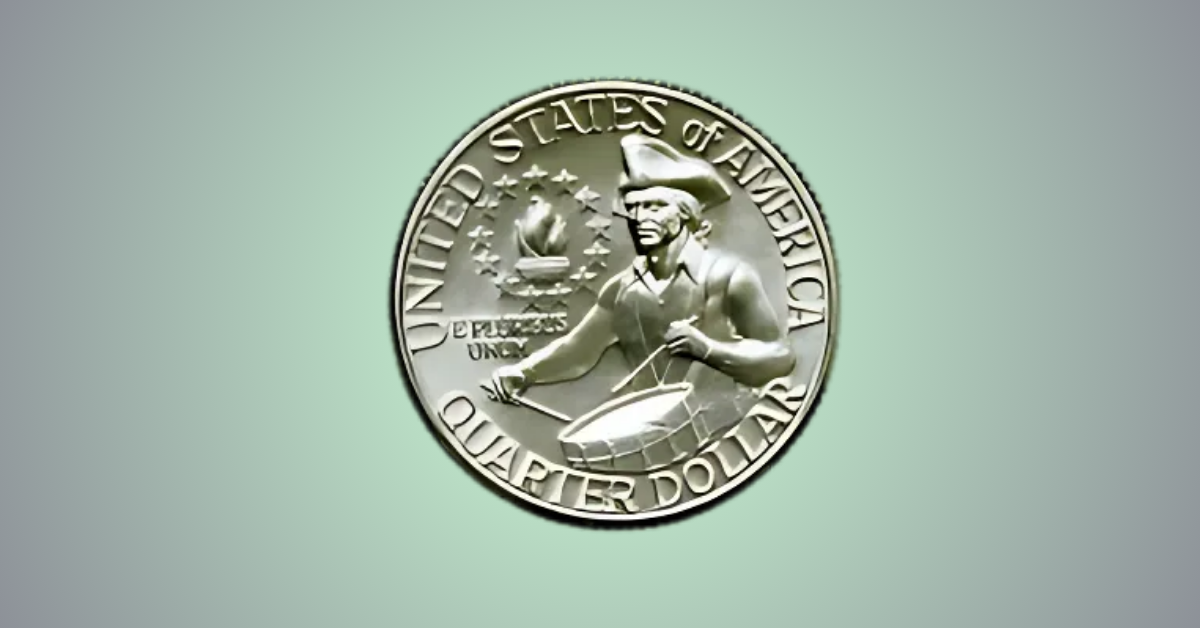
Here are five known examples of Bicentennial quarters that gained international attention due to their jaw-dropping prices:
- The Silver Error Coin
Minted with 40% silver by mistake and in perfect uncirculated condition, this coin fetched a price close to $94 million. - Double Die Obverse
This quarter had a double image of “IN GOD WE TRUST.” Only a few exist, making it a dream for collectors. - Proof Strike on Wrong Planchet
This coin was mistakenly struck on a nickel instead of a quarter blank. Its unique flaw made it incredibly valuable. - San Francisco Mint Rare Proof (S-Mint)
A flawless S-mint proof quarter from a limited collector’s set. It had no wear, high definition, and perfect finish. - Off-Center Strike
One of the rarest versions, where the coin was not properly aligned during minting. It became one of the highest-priced coins due to its rarity and mint error.
How to Check If You Have One
If you’re someone who collects coins casually or just keeps loose change, here’s how you can check:
- Look for the date “1776–1976” on the quarter.
- Check the coin’s edge – If it has a solid silver edge instead of a copper line, it might be the silver version.
- Use a magnifying glass to look for mint errors like double letters or off-center designs.
- If you see an “S,” “D,” or “P” under the date, that shows the mint location—S (San Francisco) coins are usually more valuable.
- If unsure, take it to a professional coin appraiser or local numismatic club.
Why These Quarters Might Still Be in Circulation
You might be wondering: if these coins are so valuable, why are they still in circulation?
Here’s the thing—most people don’t know the value of these coins. They treat them like normal change and spend them without checking. These rare versions are so few that they get lost among millions of ordinary coins. That’s why collectors keep hunting through rolls of quarters, hoping to get lucky.
Final Thoughts
Finding a $94 million Bicentennial quarter might sound like a fantasy, but it’s a real possibility if you know what to look for. People across the world are now double-checking their piggy banks, wallets, and old coin boxes, hoping for that one lucky find.
Even if you don’t find a rare version, these coins are a fun piece of history to collect. And who knows? The next time you get change from a store, you might just hold a fortune in your hand.

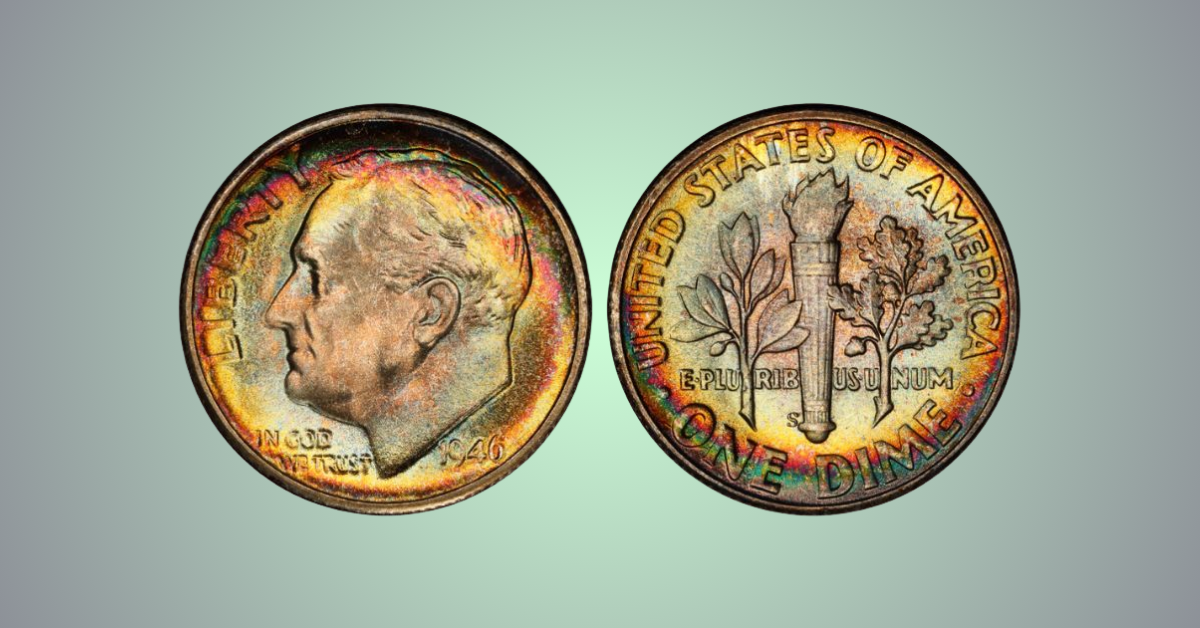
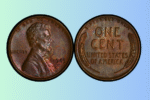
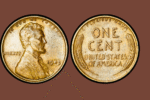
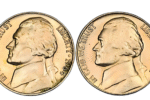
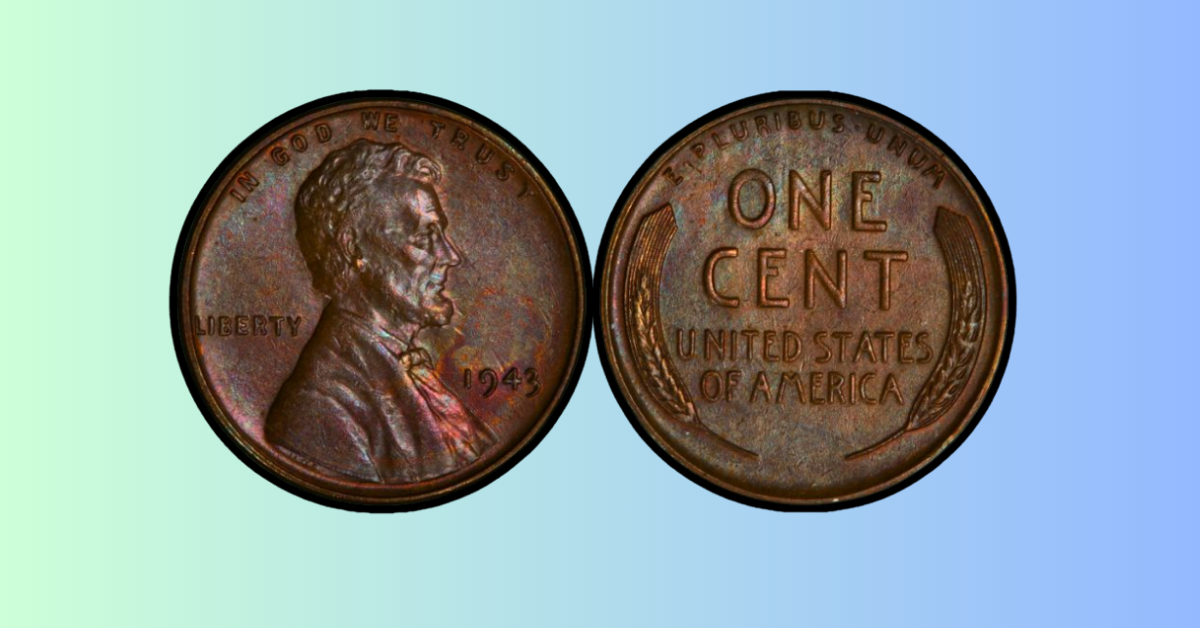
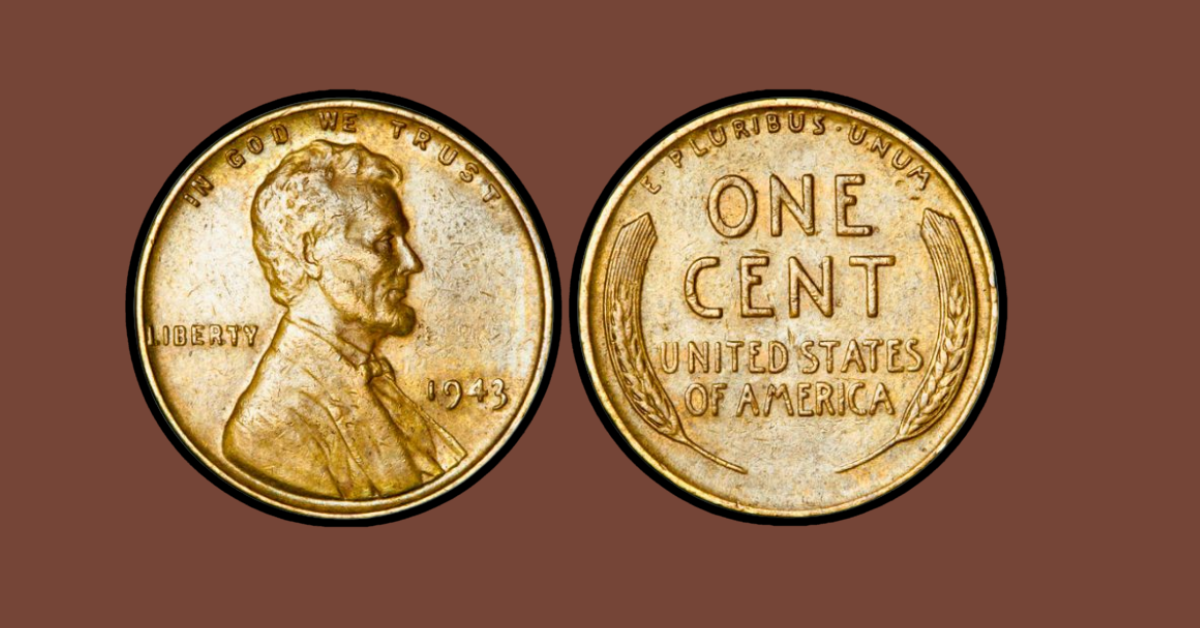
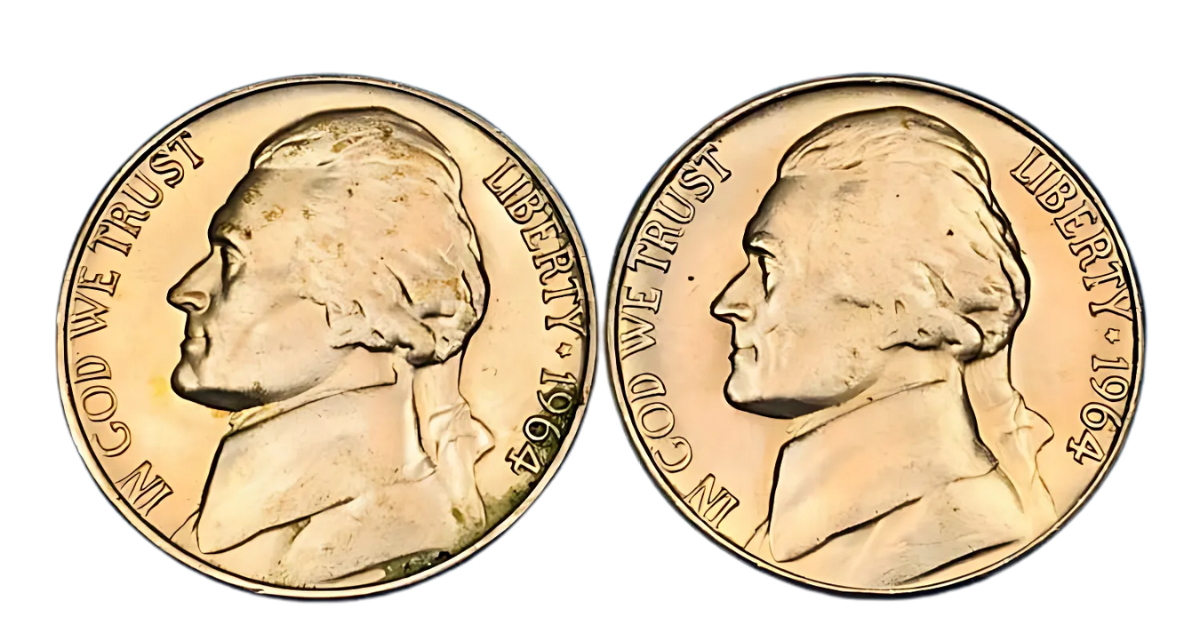
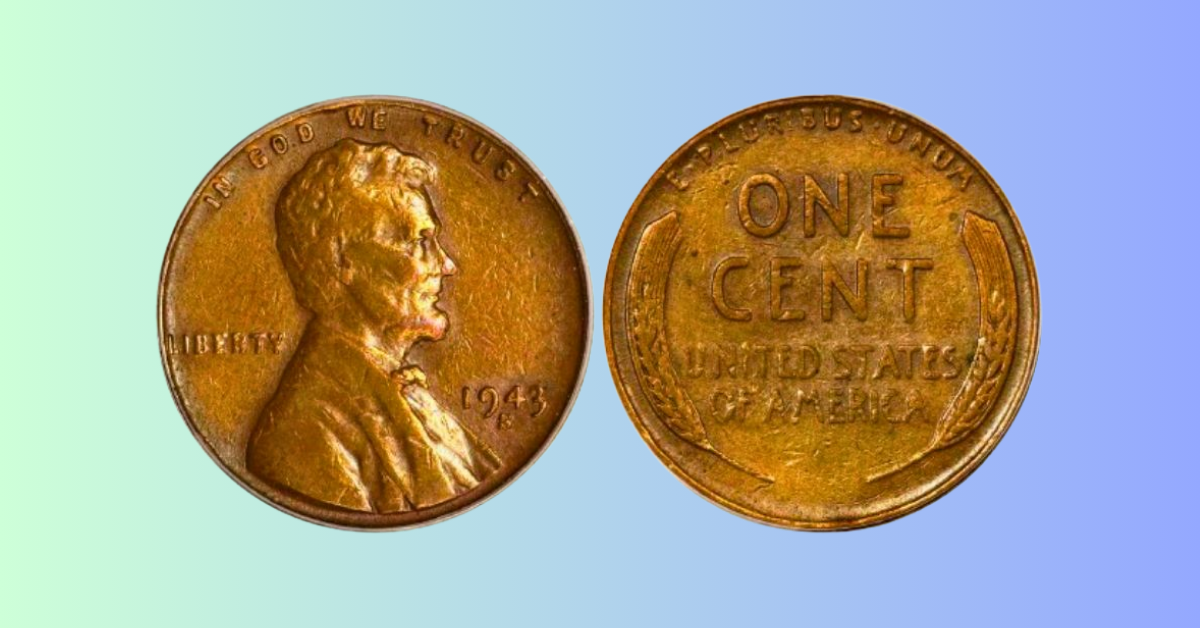
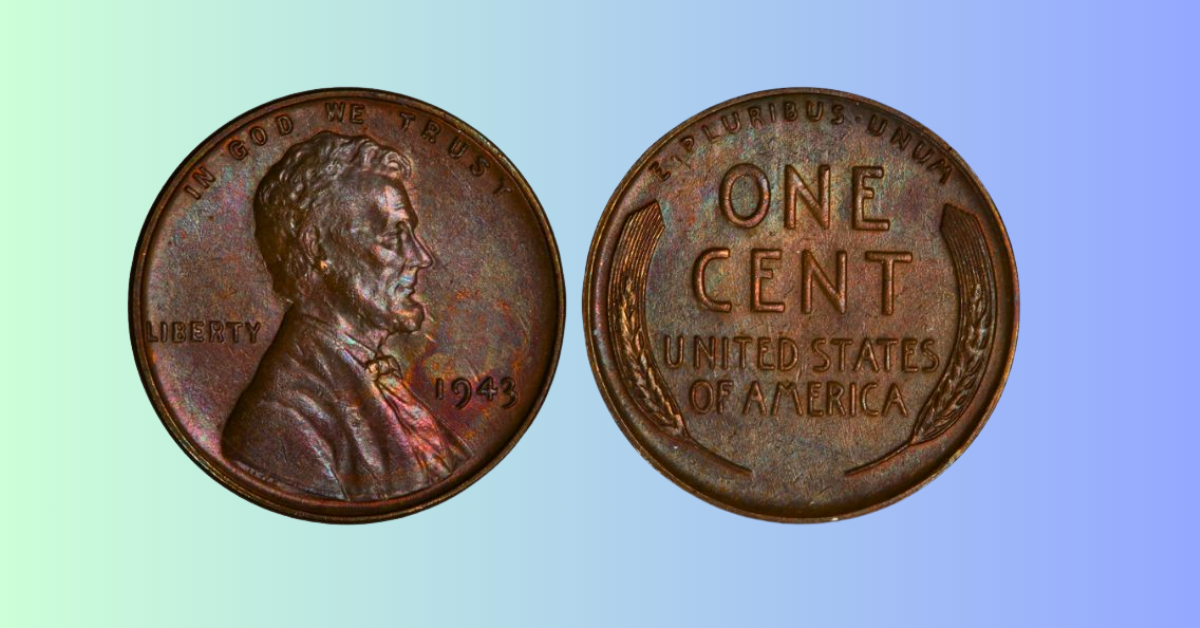
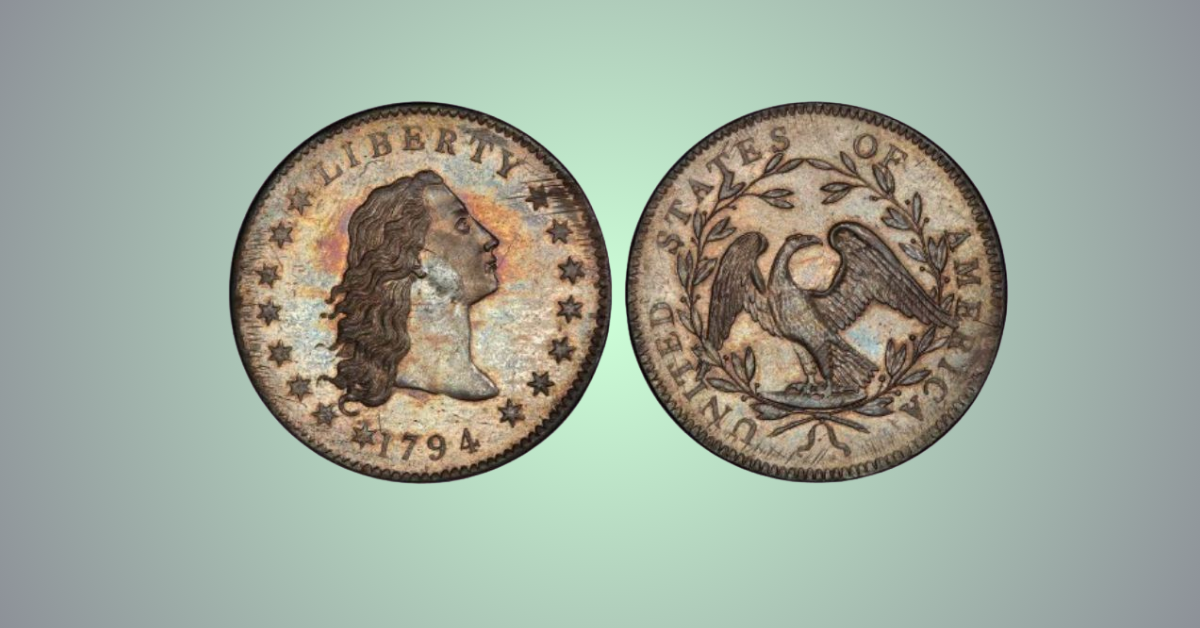
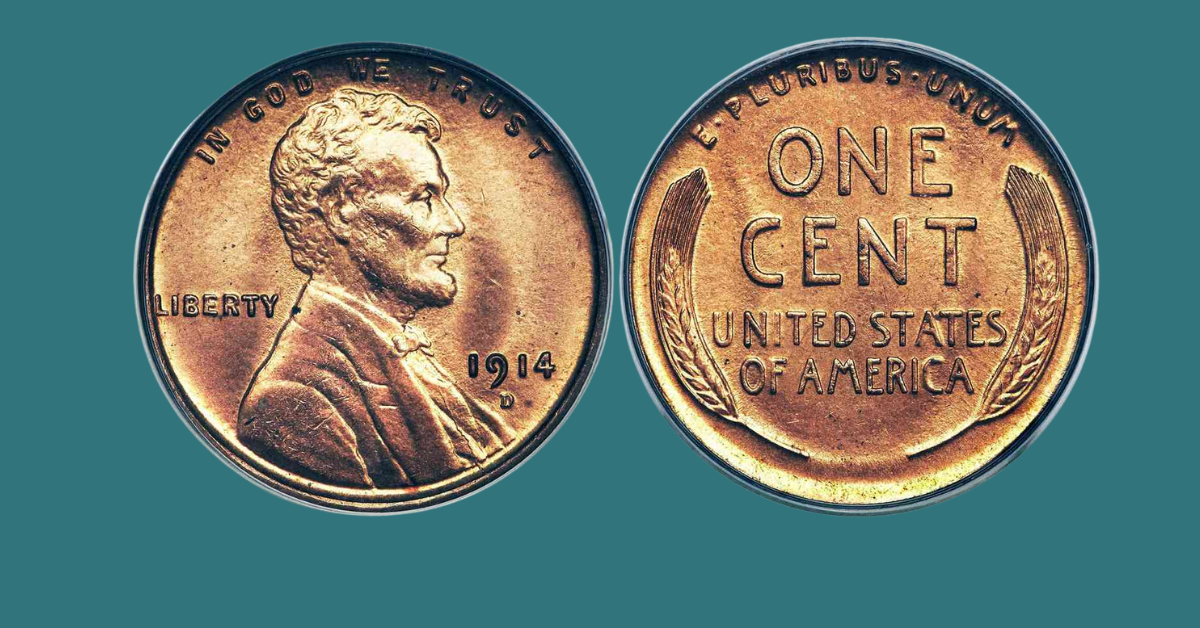
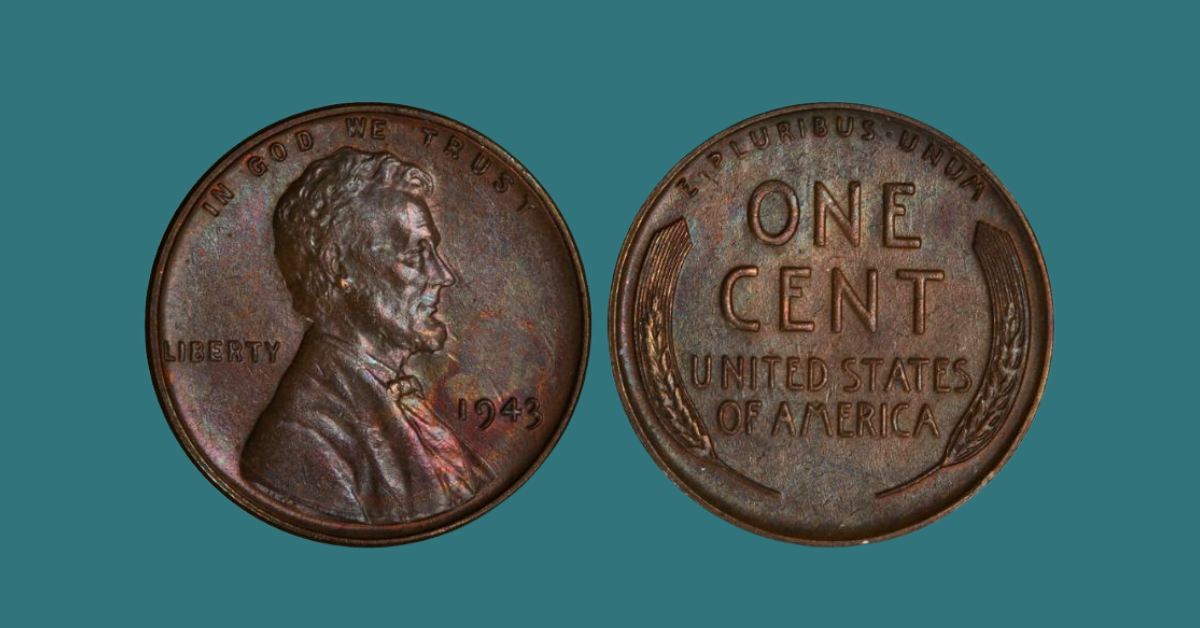
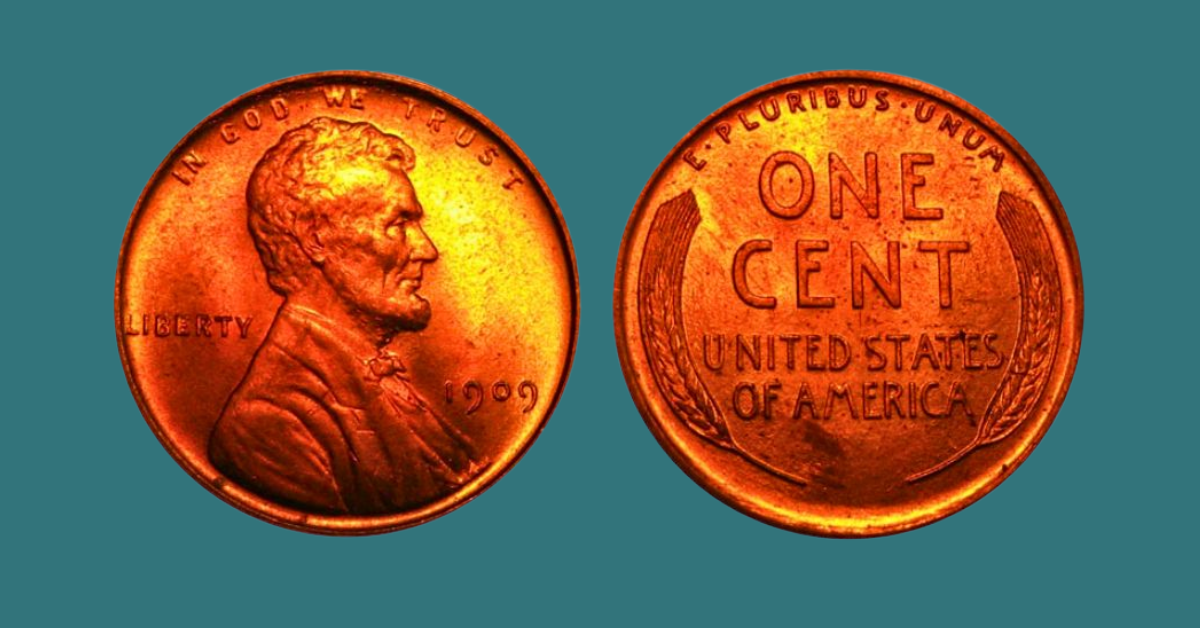
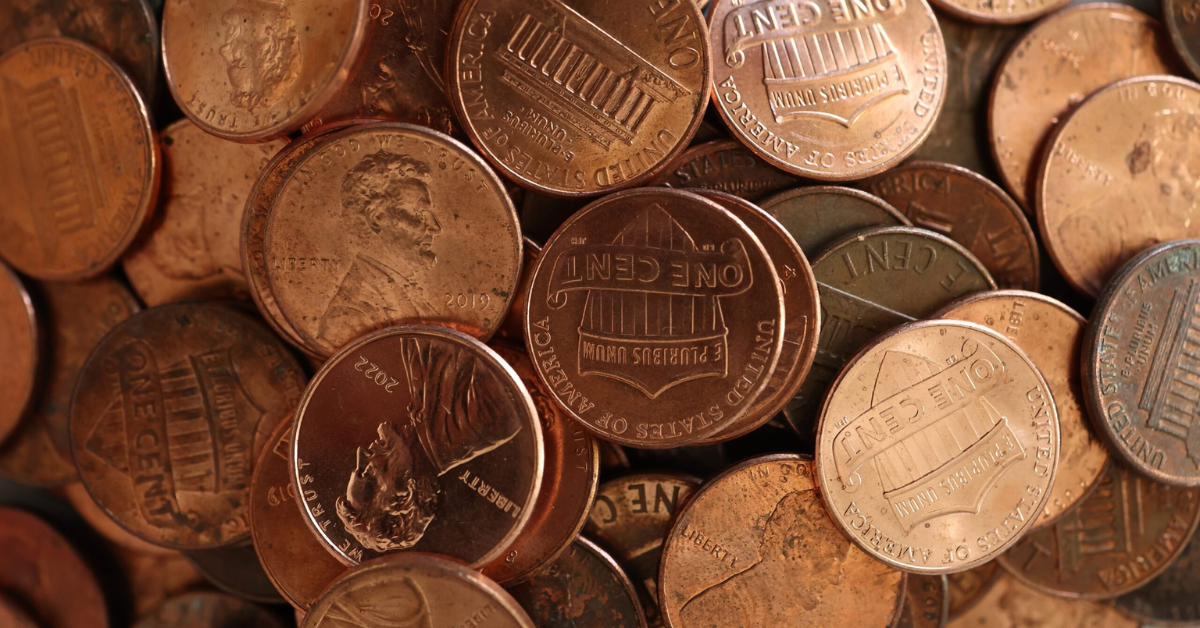
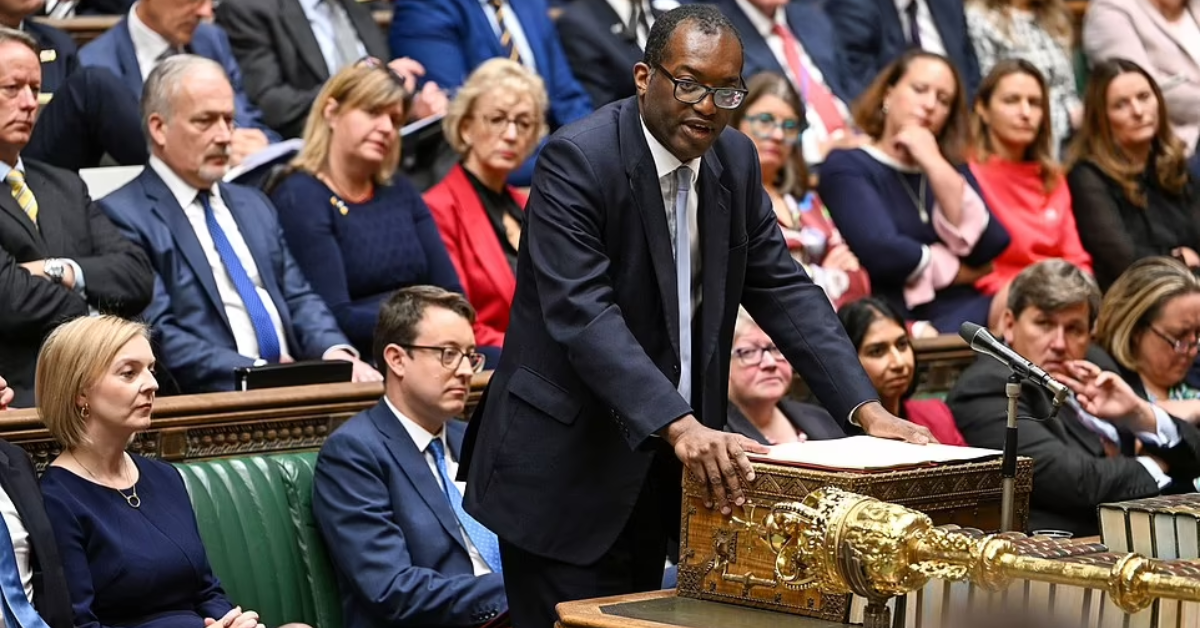

Leave a Reply